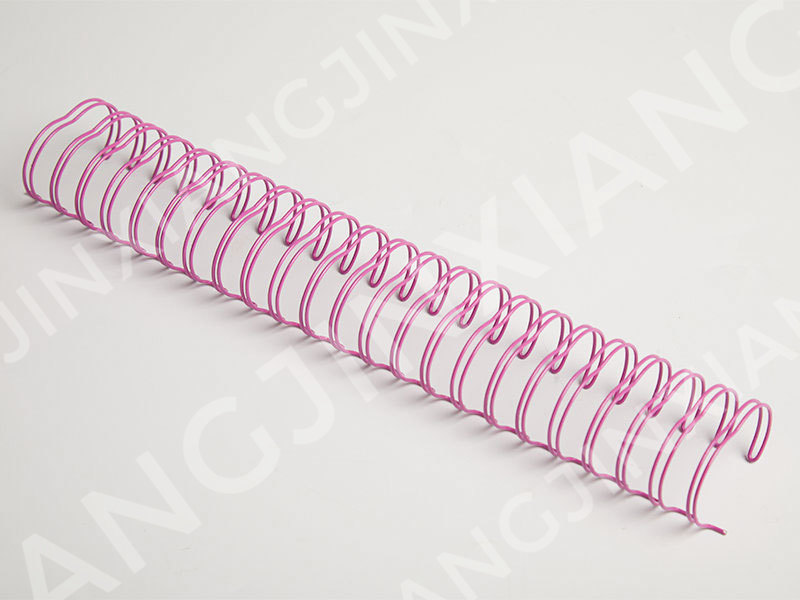Double Loop Wire Binding offers a high level of durability compared to many other binding methods, but its durability can vary depending on several factors:
Material Quality: When it comes to the durability of Double Loop Wire Bound documents, the quality of the wire used for binding is paramount. High-quality wires are typically crafted from durable materials such as metal alloys or steel. These materials offer exceptional strength and resilience, ensuring that the bound documents withstand the test of time even under rigorous usage. Unlike cheaper alternatives, which may be prone to bending, warping, or snapping, premium-grade wires maintain their structural integrity, providing a secure and long-lasting binding solution.
Binding Process Precision: The durability of Double Loop Wire Bound documents is intricately tied to the precision and meticulousness of the binding process. Every step, from the punching of the paper to the crimping of the wire, must be executed with care and attention to detail. Proper punching ensures clean and accurate perforations in the paper, allowing the wire to pass through smoothly without causing tears or irregularities. Equally critical is the crimping of the wire, where precise adjustment is essential to ensure that the wire securely grips the pages without being overly tight or loose. A well-executed binding process results in a robust and resilient binding that can withstand repeated handling and usage without compromising its integrity.
Environmental Considerations: The durability of Double Loop Wire Bound documents can be significantly influenced by the environmental conditions in which they are stored and used. Exposure to elements such as moisture, humidity, heat, or direct sunlight can accelerate the degradation of paper and binding materials, leading to premature wear and tear. To safeguard the longevity of bound documents, users should store them in a controlled environment with stable temperature and humidity levels. Additionally, employing protective measures such as archival-quality covers or laminates can shield documents from external hazards and preserve their integrity over time.
Compatibility with Various Paper Types: Double Loop Wire Binding exhibits remarkable versatility in accommodating a wide range of paper types, including lightweight papers commonly used for office documents, as well as thicker cardstock often employed for covers. This compatibility ensures that users have the flexibility to bind documents of varying thicknesses and textures without compromising durability. Whether it's standard printer paper, textured specialty paper, or coated glossy paper, Double Loop Wire Binding can handle it all, providing a durable and professional finish regardless of the paper type.
Comparative Durability: When compared to alternative binding methods such as spiral binding or comb binding, Double Loop Wire Binding stands out for its exceptional durability and longevity. Unlike spiral binding, which relies on a continuous coil that may unravel or deform over time, or comb binding, which utilizes plastic spines susceptible to breakage and deformation, Double Loop Wire Binding offers a superior level of durability and resilience. The double-loop wire design creates a robust and tamper-resistant binding that securely holds pages in place, preventing them from tearing out or becoming loose. This enhanced durability makes Double Loop Wire Binding an ideal choice for documents that undergo frequent handling, transportation, or archival storage, ensuring that they remain intact and functional for years to come.
The durability of Double Loop Wire Bound documents is a result of various factors, including the quality of materials, precision in the binding process, environmental considerations, compatibility with different paper types, and comparative advantages over alternative binding methods.
Notebook Binding Used Twin Ring Double Loop Wire-Double Loop Wire

Notebook Binding Used Twin Ring Double Loop Wire-Double Loop Wire






 English
English 中文简体
中文简体 Español
Español


















